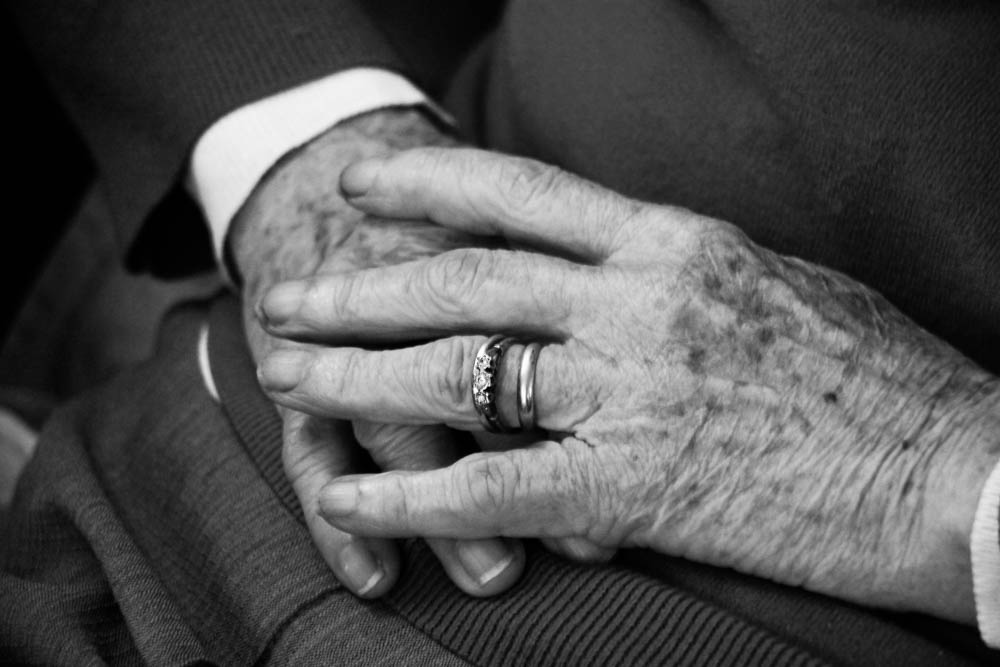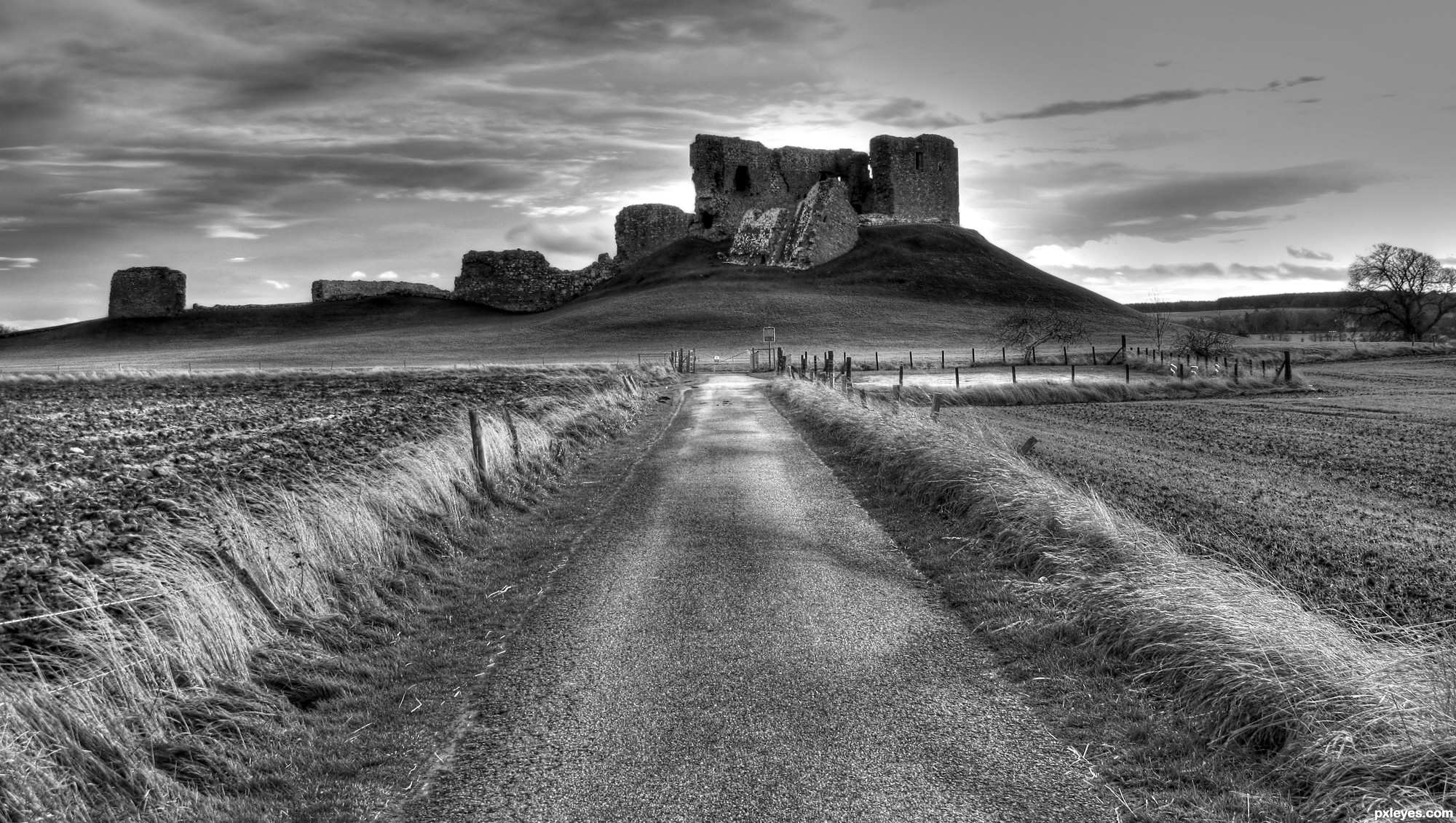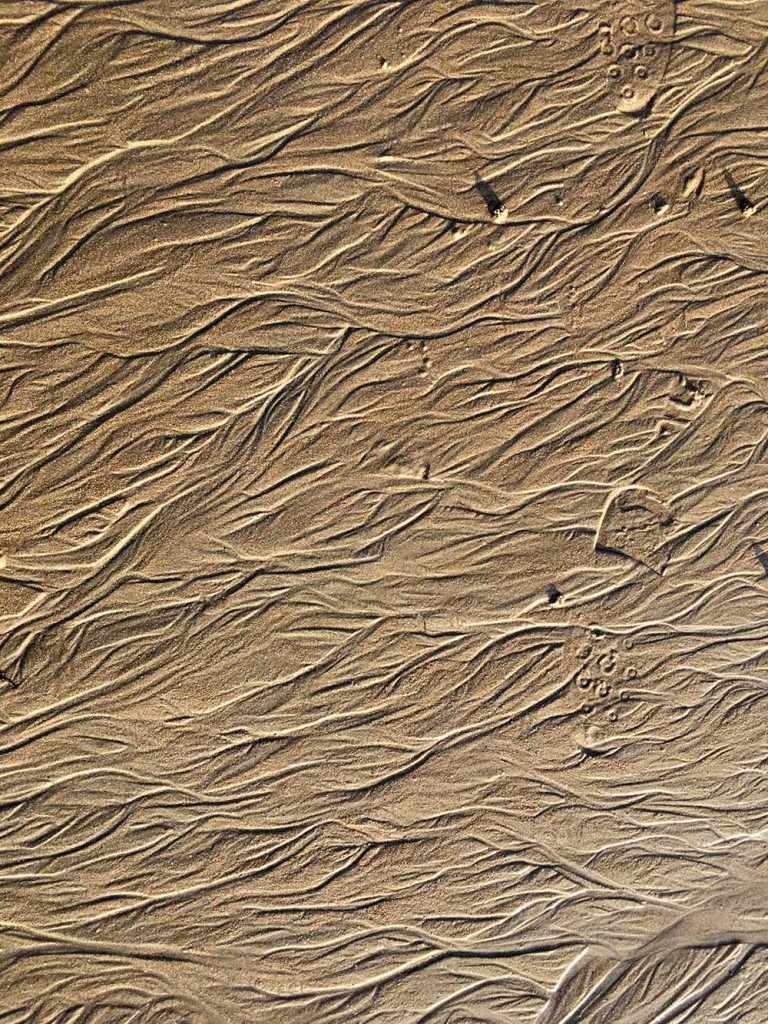In my personal study I will be looking at Rita Puig-Serra Costa, Chris Dorley-Brown and Inaki Domingo, and how they use various archival material in their contemporary photo-books to create an alternate family album. Archival material can be defined as: “a complete record of the data in part or all of a system, stored on an infrequently used medium” and an album: “a collection of recordings issued as a single item on record or another medium”. Throughout each artist series, they have managed to manipulate the meaning of family lifestyles by their use of archival research and various ‘mediums’ to date back family commodities that changed the perception of the normal lifestyles we endure in this modern day. This comparison leads a narrative for readers and allows them to understand their story in what I believe is in a more endearing and thought-provoking way.
Rita Puig-Serra Costa is my first artist I am going to investigate as her abundant style to produce contextual stories incorporates old family images to represent a journey and a passage within her family lifetime presenting what seems like an ‘album’. Costa is a German photographer who works in the publishing Terranova in Barcelona. Prior to studying a Humanities degree, and an MA in Comparative Literature, Costa read Graphic Design and Photography at IDEP in the CFD and Observatory[1]. Remarkably, her most recognised book ‘Where Mimosa Bloom’ deals with the grief she suffered following the passing of her mother. Where Mimosa Bloom takes the form of an extended farewell letter; with her photography skillfully used to present a visual eulogy or panegyric[2]. In this tense, Rita’s meaning to use old and new photographs symbolizes the mental suffering she has had after the death of her mother, allowing the reader to understand Rita’s perception of a ‘family album’. This is shown throughout by allowing the viewer to understand the ‘grief memoir’ about the loss of her mother, as it falls in a trilogy: part meditative photo essay, part family biography and part personal message to her mother. These elements combine to form a fascinating and intriguing discourse surrounding the themes of love, loss and sorrow. Rita’s connections with her family reflect a deeply personal insight into the life of herself, her relatives and her beloved mother who it mirrored throughout her photo book by the ongoing use of family archival material. The use of archival material extracts a more harrowing and personal message, allowing the reader to gain sympathy for Costa, done with the relative sources of change her family is going through. Rita’s objectified approach to her composition sparks noticeable in the Blog Photo-Eye[3] Review written by Janelle Lynch in 2015 as her photographs of Ms. Costa Rico’s simple possessions are described as ‘museum’s collectables’ and ‘neutrally documented objects’. These words suppress how Rita has captured a past tense within her work and how as a reader we are encapsulated into the life of what was Rita’s mother’s every day encounters. Using the phrase ‘museum’ symbolises the way Costa documents the work of her mother more like an exhibition then a book. This is further elaborated in the way Rita’s style is fluid throughout her other works and collections, suggesting her precious relationship with her mother and her life illustrated as an antique. This notion is similarly associated in Phases Magazine’s[4] interview of Rita: “‘Where Mimosa Bloom’ traces a walk across the memory…through objects, persons, and moments, which take us directly to her person. That’s homage of Rita to her mother Yolanda…an attempt to assemble in a book her familiar universe”. This interpretation of Rita’s work acts as a metaphor for her story; phrases such as ‘familiar universe’ and ‘walk across the memory’, addresses Costa’s symbolic actions to promote sadness in a uplifting way, celebrating rather than mourning the death of her mother. This idea is continuously juxtaposed as in our contemporary lifestyles it is safe to say how modern-day family life is much different to family cultures decades before. Costa’s relationship with ‘change’ succumbs to the modern day approach to family lifestyles, with recent outbreaks of war affecting families in similar ways to that of Costa. A United Nations report released in December 2012 stated that the conflict had “become overtly sectarian in nature”[5]; sectarian defines as ‘a religious or political sects and the differences between them’, relating the violence in Syria that has caused millions to flee their homes, families to separate and relationships to be torn. As of March 2015, Al-Jazeera estimates 10.9 million Syrians, or almost half the population, have been displaced. 3.8 million have been made refugees[6]. Here, Costa liberates with the concept of nature and purity, to show love within families and relationships acceptingly. Costa’s liberal outlook to seek contextual evidence came aspirational during my recent internship to the Societe Jerseaise Photographic Archive, as I was able to gain key skills of archival extraction and acquiring the ability to recognize the stages that take place in an archival process. These skills where vital in the production of my photo-book and idea development as I was able to coincide the changes recently and in the past, making the final product a more personal and relative topic just like the style of Costa. During my research and investigation, I came across a significant amount of historical images from the early 1900s to the late 60’s, all showing the changes made to my new house, which I moved into in mid December 2015. The history encapsulated within the images dated back to when the sight looked significantly different. Conclusively, Costa’s work has inspired me to incorporate my own archival research and material describing the relationship I have with both houses I’ve lived in and the journey within the two. Creating a family album has been less complex using extracted materials, as I feel the relationship with the viewer and the producer is clearly established, undermining the passages of change and transition I have had with my own family life, and the time before I was born. Costa’s style to promote replications of what time was like when her mother was present relives this sense of apportionment, history and memory concluding the similarity with my project of what the houses where like before and after, showing a clear development both physically and mentally.
Inaki Domingo was born in Madrid in 1978 and is a visual artist. His most reflective work, ‘Ser Sangre’ questions and explores how the family is traditionally represented in family photo albums, replicating images contained in containers of intimate visual memory and how they constantly relive the perception that they always tend to look the same. ‘Ser Sangra’ when translated is ‘be blood’ in Spanish, accrediting these ideas of ‘connection’ and ‘relationships’ within a family lifestyle. This style of Domingo illustrates the translation and barriers of a family and how they transition during long periods of time, and in different destinations. The story that’s set on a family holiday in Majorca, shows the collections of frozen smiles predominate, to the detriment of other moments, much more frequent in any family’s day-to-day activities. “Why do albums never record the moments that evoke sadness, boredom, anger, routine?”[7] said in a statement made by Domingo in Der Greif Magazine . ‘Ser Sangre’ seeks to show, through the pages of a photo book with a chaotic and syncopated rhythm, the natural flow of family life, mixing in all kinds of everyday situations and elements. The book offers the reader an immersion into different moments of the private daily routine of a typical family, rather than an analogical experience to be read in linear fashion. The ongoing perspectives we see from different family members are seen as Domingo has stylized the book with photographs through the eyes of different people, therefore different moods, characters and livelihoods being established throughout. Each member of the family contributed intuitively whatever he or she thought could be of interest to the project, though none of them had any artistic training or special relationship with creative work, allows the artists to stringy connect with individual personalities. Domingo’s association with mediums such as installations, body painting, recipes, archival work, illustration, and actions naturally reflects the daily lives of his family members as well as overall questioning the alternate art of the typical ‘family photo album’. These materials combined with the photographs taken by Domingo partly document the proposals of the rest of the family members and partly constitute his own creative contribution to this collective narrative. My interpretation of Domingo uses the common feature of the body, as the more personal approach to photography was something I greatly considered. Domingo has also inspired me to include various other mediums within the development and planning of my final photo book piece. For instance, in my book I have scanned in various plans for the old and new house, allowing the reader to understand the journey of steps it took before the house got to what it was.
The final artist, whom I am going to be investigating, is Chris Dorley-Brown and his most profound piece ‘The Longest Way Round’. Dorley-Brown trained photography with Red Saunders in the early 1980s and then set up his own practice in east London. He began documenting the area around his loving space and worked in Hackney, undertaking several public commissions and projects[8]. This series covers a visual investigation of the author’s family history; The Longest Way Round is a construct of historical images entwined with new photographs. Uncovering archival material not intended for the family album, Dorley-Brown’s book presents a multi-layered alternative narrative for the course of events that shaped the late 20th century assuring a relatable context for the reader and a sense of transition with the sense of ‘old’ and ‘new’ materials. In The Longest Way Round, Dorley-Brown takes a variety of texts and images including prisoner-of-war records, letters, Polaroid’s and film stills) and recognizes the story in a fairly straightforward way and forms it into a story of his parent’s love. The story which surrounds the love story between Peter and Brenda Dorley-Brown, Chris’s parents, shows the parallel narrative that joins in during the war years when we see the picture that Brenda sent Peter during his time in the POW camp; an image of her lying in a bathing costume in the sand dunes. It’s the full ‘Betty Grable’ and creates a sense of mystery over what exactly went on in her life; we see images from the two marriages, made in the years before she eventually married Peter in 1947, following the journey of love Chris’s parents went through. This journey is established in the Bog PhotoEye[9] Review, as Dorley-Brown’s medium is described as “a very gentle retelling of the story…where the archive images are put back into places that they very easily fit”. The old is mixed with the new to create a scenario where the past is visually connected to the present through images of lakeside restaurants, Warsaw roundabouts and Hackney demolition jobs. This technique can most likely be reason to Dorley-Brown’s inspiration from Philipp Eberling’s Land Without Past, a project combing Eberling’s contemporary landscapes of Germany with pictures from his German wartime album, purposing the contemporary family lifestyles to create a layering effect showing what lies beneath the ‘skin of the present’[10]. These notions proceed to suggest there is neither the deconstruction nor reconceptualization that you find in archival projects and in this instance, Domingo’s work illustrates original meanings are almost lost, nor is there the conscious reworking of key elements in the image through integration with other materials that you find in. Instead Dorley-Brown combines with images of his own: The ‘old’ is mixed with the ‘new’ to create a scenario where the past is visually connected to the present through images.
Dorley-Brown states “I feel that other photographers are covering some territories and approaches with a greater degree of success, so I have moved on, trying to find a language that is more personal” during the an interview with The Great Leap Side Ways[11]. This so to speak ‘language’ articulates the certain sense of communication Dorley-Brown wishes to address to the reader. The various use of media and medium further progresses the further quote: “I was interested in the social change that the images showed. It was evidence, as writer Stewart Home later put it in his essay “The Image has cracked“ of a “horrendous crime scene”…so those have become an ongoing document of pairs and triptychs.” Arguably, Dorley-Brown presents an alternate family album by the constant renditions of materials and recourses of archival research. Contextually, the continuous mentions of the war allow the book to seek a timeline and a journey, for the reader to follow and progress. With my own photo-book study, I will hopefully achieve similar attributes regarding the reaction on a reader. I have included archival images like Dorley-Brown to suppress passages time more like an exertive narrative, so that they can distinguish the story with the absence of any words. As an example, I managed to discover a range of post World War ll images of my new house (1930-1940). I learnt from this that the use of these images in my photo book would underline that my new house was seen as an ‘artifact’, due to the extraction of these images coming from a box of photographs handed to the archive by the Bailiff in the 1930s. In the style of Dorley-Brown, my plea to initiate an ‘alternate family album’ came in the relevance of these images by being able to contextualize and relate to the history surrounding my new house.
Conclusively, I believe Costa, Domingo and Dorley-Brown have all created an alternate family album whereby the use of archival resources, material and other mediums have allowed them to tell a narrative with on-going use of contextual references. In an attempt to recreate my own family lifestyle, I wish to proceed in aspiration of the effects of all three of the artists I’ve explored. For myself, the use of archival research is vital towards the progression within a narrative. Archival material gives context, history and a sense of relevance to the reader, as they are able to export back to a time where differences show an idea of change and transgression within people physically and mentally. Overall, all three artists have influenced me by the timelessness of their photographs; I’ve learnt to contrast images by the layout within a series and to demonstrate a connection between images with the absence of words.
[1] https://www.lensculture.com/rita-puig-serra-costa
[2] https://www.google.com/url?sa=t&rct=j&q=&esrc=s&source=web&cd=1&ved=0ahUKEwj8obvD943LAhUHQhQKHTpYBiwQFgggMAA&url=http%3A%2F%2Feditionsdulic.com%2Fproducts%2Fwhere-mimosa-bloom&usg=AFQjCNHuWCe3wqsQDYcfTpKzCTsLvctPXA&sig2=44DNUMNzqHfBWL7jppnpYw
[3] http://blog.photoeye.com/2015/02/book-review-where-mimosa-bloom.html
[4] http://www.phasesmag.com/rita-puig-serra-costa/where-mimosa-bloom/#s-3
[5] http://www.un.org/apps/news/story.asp?NewsID=43820#.Vs2Kjcdsz-Y
[6] https://en.wikipedia.org/wiki/Syrian_Civil_War
[7] https://www.dergreif-online.de/artist-features/blog/inaki-domingo-interview/
[8] http://www.20thcenturylondon.org.uk/dorley-brown-chris
[9] http://blog.photoeye.com/2015/12/book-review-longest-way-round.html
[10] http://blog.photoeye.com/2015/12/book-review-longest-way-round.html
[11] http://www.thegreatleapsideways.com/?ha_exhibit=interview-with-chris-dorley-brown


















